Copyright © 2024 Peking University School of Transnational Law.

2019-11-20 Views: 154
On November 18th, Professor Zhang Baosheng delivered a lecture titled “Rethinking the Development of China’s Evidence Law” at STL. STL Professor Thomas Man moderated the lecture. Many students and law professionals actively participated in this event.
Zhang Baosheng is a Professor of Law, Ph.D. Supervisor, and former vice President of China University of Political Science and Law (CUPL). He also serves as the Honorary Dean of the Institute of Evidence Science of Director of CUPL, the Director of Key Laboratory of Evidence Science of Ministry of Education of China and the Co-chair of the PRC national government’s “2011 Plan” – Cooperative Innovation Center of Judicial Civilization. He is the Executive Director of China Association for Trial Theory Research, Vice President of International Association of Evidence Science. His published books include The Theory and Methods of Legal Reasoning, Evidence Law, Report on the Development of Evidence and the Rule of Law in China, Report on China Justice Index, published articles included “Criminal Misjudged Cases and the Analysis on the Evidence of its Correcting Mechanism” and “The ‘Mirror of Evidence’ and the Plausibility of Judicial Proof”.
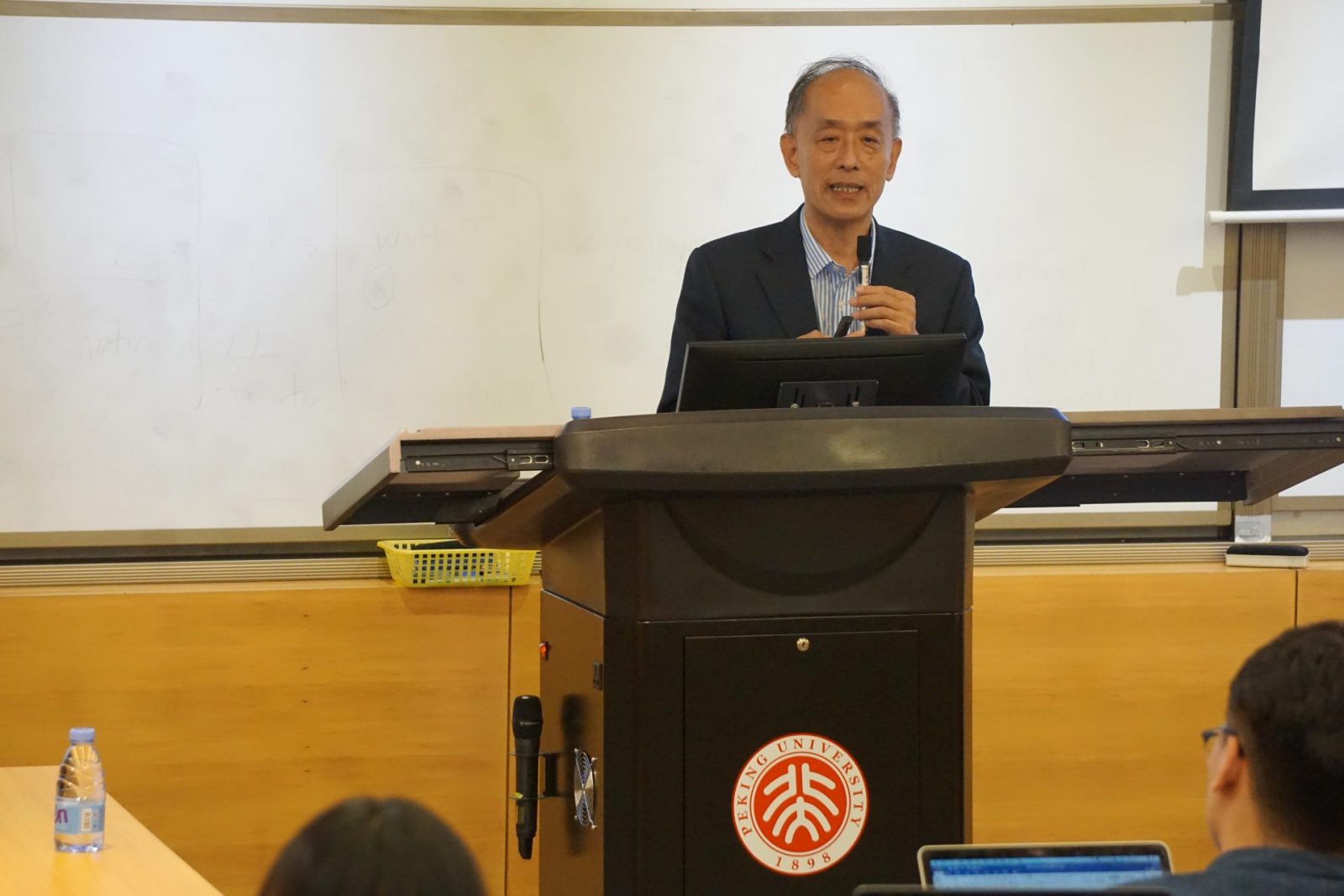
Professor Man began by briefly introducing Professor Zhang noting the importance of his contributions in promoting evidence law research and education and judicial justice in China. Professor Man pointed out that the value of law lies in practice, and that facts are the starting point and the foundation of legal practice. Therefore, evidence law is of great significance to the development of law and judicial proceedings.
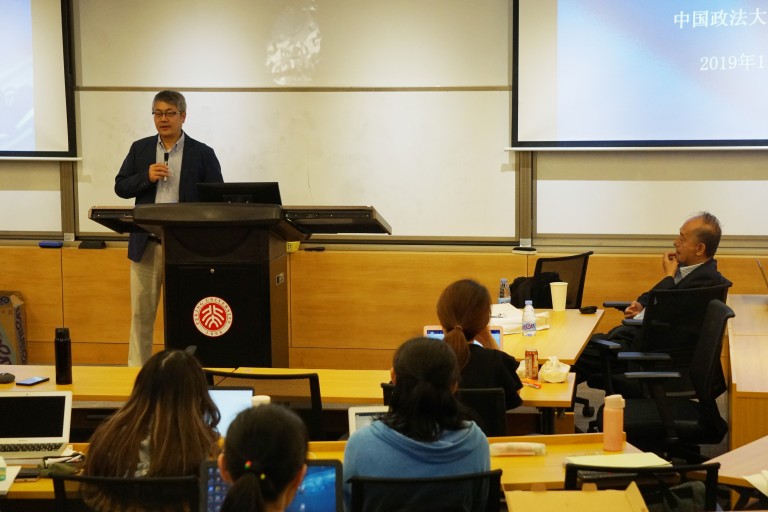
Professor Zhang’s lecture focused on four aspects: the development of China’s evidence law, the main problems of China’s evidence system, the nature of fact finding, and the construction of China’s evidence law theory system. Professor Zhang believes that the development of China’s evidence law has gone through three stages: the beginning period (1978-1995), the formation period (1996-2000), and rapid development period (2001-2018). In 1978, evidence was incorporated in Criminal Procedure Law for the first time, establishing the “fact-based, law-based” principle. Today, the Supreme People’s Court has adopted four evidence rules on civil, administrative, death penalty, and illegal evidence exclusion cases. The legal system of evidence in China is shifting from rough to perfect.
The 2018 Criminal Procedure Law has made several major advances in the evidence system. It has modified the types of evidence, clarified the principle that the one who makes the claim has to bear the burden of proof, and partially established the principle against self-incrimination. Additionally, the standard of proof requires that cross-examination is a precondition for witness testimony to be adopted by the court. However, there are still many problems. For example, the principle against self-incrimination in Article 52 is only partially established, and imposes no prohibition on self-proving innocence, which means that the suspect’s privilege of silence is not recognized. Another problem is that standards of proof at different stages of criminal procedure (conclusion of investigation, prosecution, and conviction) are basically the same – beyond reasonable doubt. This standard is too high for investigation and prosecution, which may reduce the trial to a formality. In the United States, the proof for conclusion of the investigation has to establish a possibility about 40%, and the standard for prosecution is governed by the rule of preponderance of evidence, which is more than 50%. Moreover, there are also problems with cross-examination. Article 61 stipulates that witness testimony must be examined in court before being adopted. However, Article 195 allows for the reading of the testimony of witnesses who have not appeared in court, which is against the idea of legal adversarialism.
In summarizing the problems that have existed in China’s evidentiary system, Professor Zhang said that China has various types of evidence rules, amounting to 455 provisions. Nevertheless, we are still far from establishing a systematic and well-run evidence system. At present, one of the problems is the lack of logic. Relevancy is the fundamental character of evidence and the fundamental principle of modern evidentiary rules. Its central position has not been fully established in the Chinese system. The United States Federal Rules of Evidence Rule 401 requires both tendency and materiality of evidence and Rule 702 provides that the expert testimony should first meet the requirement of relevancy, then reliability. However, the evidence system in China does not entirely follow this logic. Many provisions of statutes and judicial interpretations value reliability more than relevance. In addition, China’s evidentiary system is not right-based and the transformation process to the modern evidence system has not been completed. For example, Criminal Procedure Law does not recognize the suspect’s privilege of silence. The second problem is the repetition of content. According to statistics, the repetition rate of evidetiarye rules in the three major procedural laws is as high as 37.2%. The third problem is logical confusion. There are many conflicting rules in the same statute. The fourth problem is that of content error. For example, the “correction” of illegal evidence in Article 56 of the Criminal Procedure Law goes against best practices in evidentiary rule.
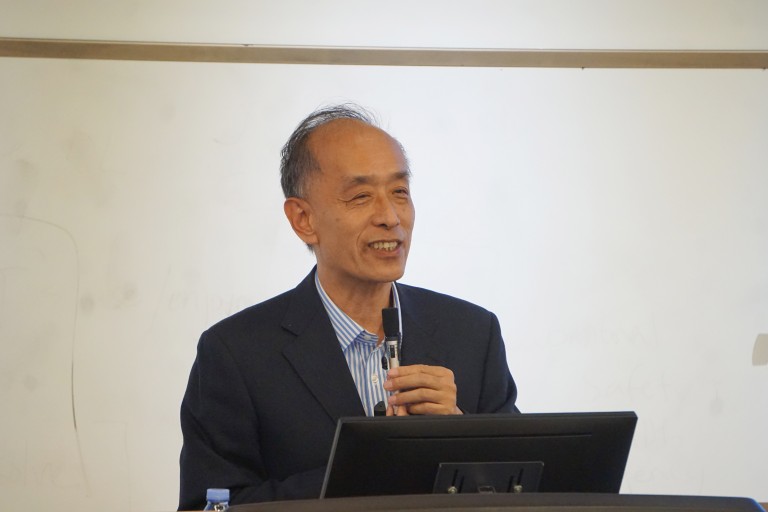
Then, Professor Zhang introduced the nature of fact finding based on the theory of “mirror of evidence”. The fact finding in legal practice is the process of deriving the “factual truth” that happened in the past from the evidence. The evidence is a mirror reflecting the facts, and the “factual truth” is actually the product of thought. The “mirror of evidence” doctrine explains that what the fact-finder could find is only a plausible account of the truth. However, many judicial theories in China pursue absolute certainty in judicial proof, which is impractical and misleading.
Next, Professor Zhang explained his ideal evidence law system in China. First of all, Professor Zhang tries to unify China’s three major evidence systems (criminal, civil, and administrative) with generality and flexibility. Secondly, the evidence law system should be guided by the evidence law theory, with a logical map of different stages of procedures, pursuing the value of accuracy, fairness, harmony and efficiency.
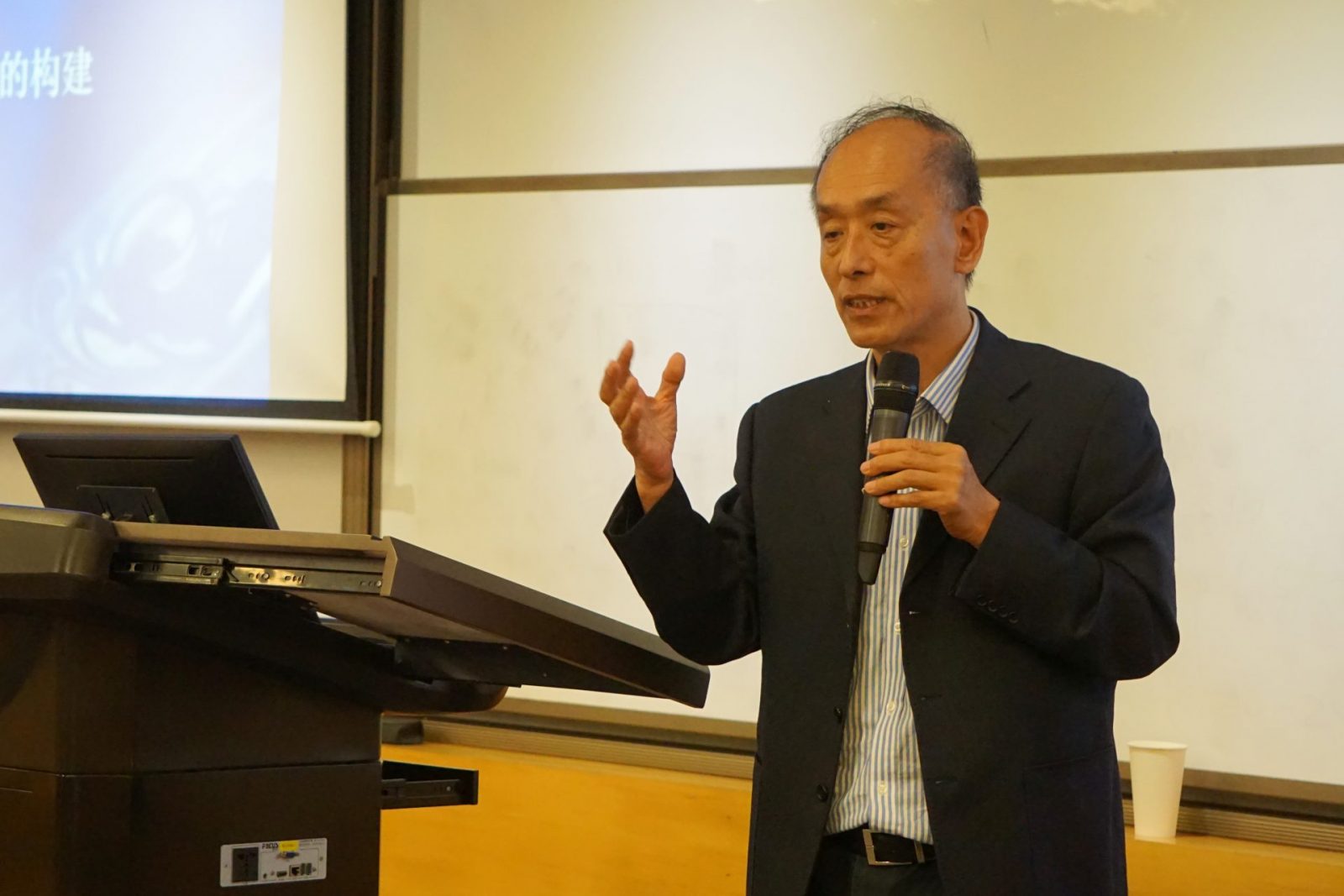
In the open-question session, when asked about how China can learn from the US evidence law system under different backgrounds and judicial systems, Professor Zhang believed that, although there are many differences in the judicial system between the two countries, fact finding is a universal process with many cross-system commonalities. In addition, China’s incorporation of adversarialism requires it to improve its evidentiary system. It should learn from the advanced experience of the United States. When asked about the merits of confession rules in Chinese criminal procedures and plea bargaining in the United States, Professor Zhang believed that both systems are set up as such for efficiency considerations, and the practice must follow the rules of evidence to protect the defendant’s basic rights, and to insure procedural justice and fairness. Professor Man added that the fairness and reasonableness of these systems depend on how they run. For example, plea bargaining in the United States is conducted after discovery. The parties reach a decision after full disclosure of evidence, which can prevent certain injustices.
The lecture concluded successfully with students expressing their gratitude for Professor Zhang’s insights.

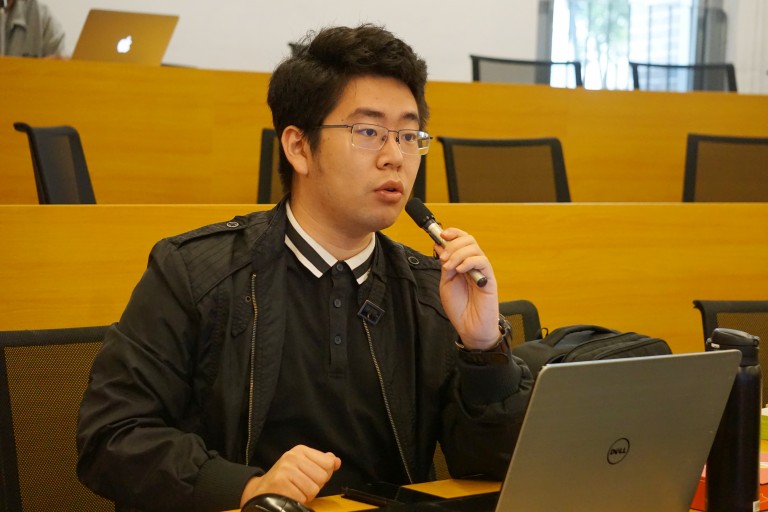
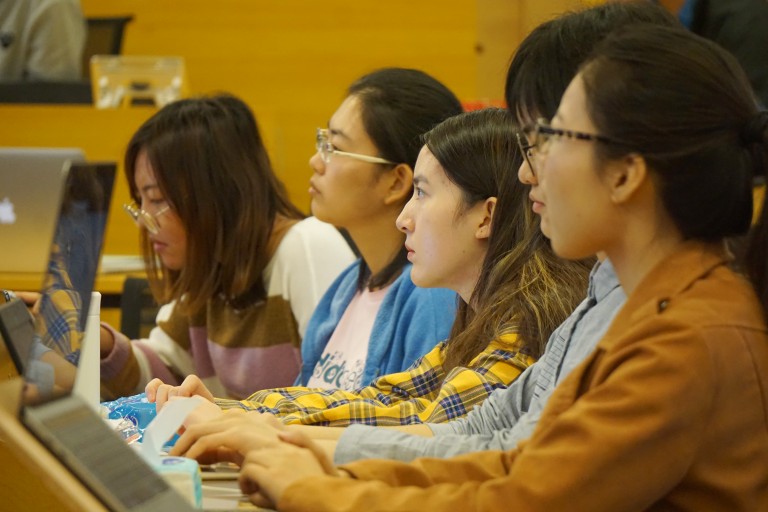
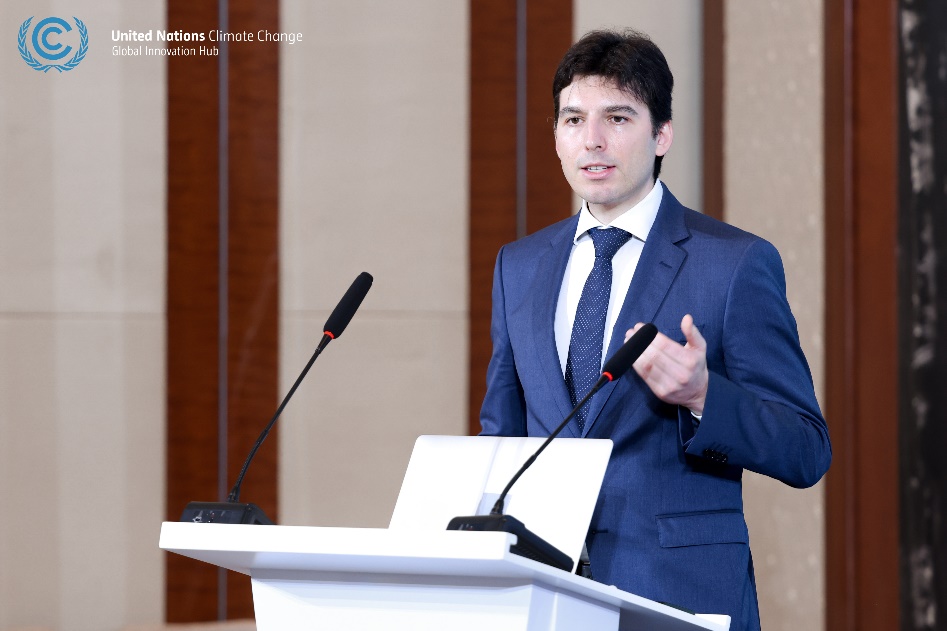
October 14, 2024
October 14, 2024
October 14, 2024
October 14, 2024
October 14, 2024